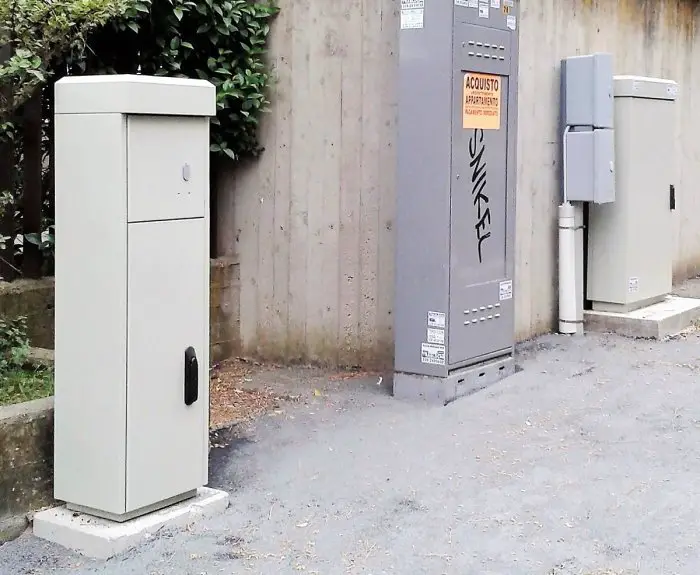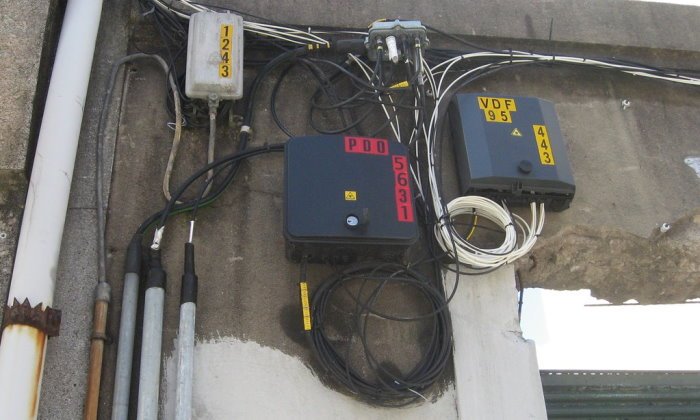Working and taking classes from home is becoming the new normal, and that means citizens of the world must hook up with a reliable Internet Service Provider (ISP). Now, this is easier said than done since a lot of them use different technologies to deliver connectivity to your home.
FTTC and FTTH
Today, we’re going to discuss the two best fiber-optic or FTTx options you should consider if they are available. They are both FTTC and FTTH, and guess what? They are much faster and more reliable than ADSL.
OK, so let’s take a look at the differences between both in order to give you a better understanding of which one you must pick for the long-term.
1] What is FTTC

If you’re wondering what FTTC means, it means Fiber To The Cabinet, which should give you an idea of what to expect. With this technology, the connection from your ISP does not go directly to your home; instead, the fiber cables travel to a large cabinet-looking structure in your area.
The technology fiber cables to connect to the base station cabinet in neighborhoods, and from there, it relies on copper wires to deliver an internet connection to homes or businesses within a range of the cabinet. Now, the reasoning behind the user of copper has everything to do with cost savings.
We should point out that FTTC has a cool feature called Dynamic Line Management, or DLM for short. It’s an automated system that guarantees stable connections that are error-free and fast.
Running fiber optics directly to homes is expensive, so yes, FTTC is the cheaper option of the two. Furthermore, it is also called FTTN (Fiber To The Node).
Read: What is Satellite Internet?
2] What is FTTH

So FTTH means Fiber To The Home, or Fiber To The Premises (FTTP). What we have here is exactly what the name says. A fiber-optic connection that runs from the ISP straight to homes or businesses.
There are no base stations located in neighborhoods similar to FTTC and no copper wires, which leads us to discuss the differences that separate the two.
Read: What is a Computer Network? Different types of Computer Networks explained.
Difference between FTTC and FTTH technologies
From what we’ve written above, it is clear that FTTH will deliver faster speeds than FTTC, and this is due to its 100 percent fiber-optic connection to the home or business. However, it requires more expensive installation. Therefore, for many users, FTTC will likely be their first option due to cheaper installation.
Still, folks must always consider that FTTC uses copper to deliver an internet connection to homes and businesses, and as we know, copper is not as reliable. Furthermore, we should point out that FTTH was built for the long term, which means there is room for expansion, and we cannot say the same for FTTC.
As it stands, FTTC is more widely available for home users, while businesses are more attracted to FTTH. Over time, however, we expect FTTH to be inexpensive so that most regular consumers can afford to install the service in their homes.
With work-from-home becoming prevalent, this could happen sooner rather than later, and you know what? That’s a good thing.
Leave a Reply